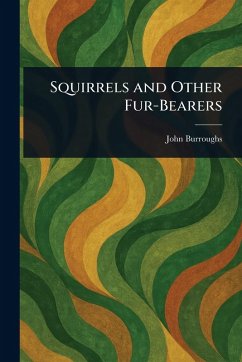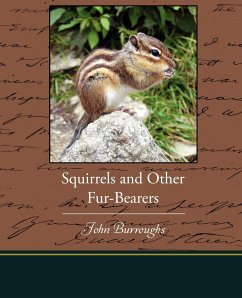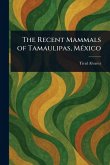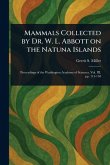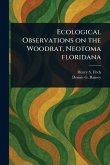Explore the fascinating world of small mammals with "Squirrels and Other Fur-Bearers" by acclaimed nature writer John Burroughs. This classic collection of nature essays offers a detailed and engaging look at the behavior and habitats of squirrels and other wildlife. Burroughs' keen observations and lyrical prose bring these creatures to life, revealing the intricate details of their daily lives. Delve into the captivating realm of animal behavior as Burroughs explores the habits, instincts, and unique characteristics of these often-overlooked animals. A timeless work of natural history, "Squirrels and Other Fur-Bearers" provides an enduring appreciation for the wonders of the natural world. Perfect for anyone interested in mammals, wildlife, or simply the beauty of nature writing, this meticulously prepared print edition allows you to experience Burroughs' insightful work in its original form. This work has been selected by scholars as being culturally important, and is part of the knowledge base of civilization as we know it. This work is in the public domain in the United States of America, and possibly other nations. Within the United States, you may freely copy and distribute this work, as no entity (individual or corporate) has a copyright on the body of the work. Scholars believe, and we concur, that this work is important enough to be preserved, reproduced, and made generally available to the public. We appreciate your support of the preservation process, and thank you for being an important part of keeping this knowledge alive and relevant.
Bitte wählen Sie Ihr Anliegen aus.
Rechnungen
Retourenschein anfordern
Bestellstatus
Storno

